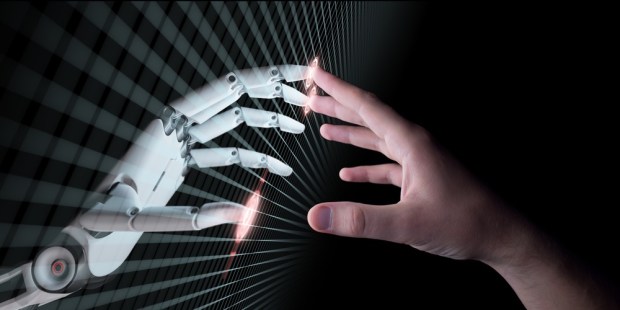More Than 23,000 Robots Will Be Deployed In Customer Service Roles

Robots may keep Tesla’s CEO up at night, but companies around the globe are interested in putting them to work, according to new research from Tractica.
In a press release Tractica, the market intelligence firm, announced its forecast that more than 23,000 robots will be deployed for customer service applications from last year through 2022. During the forecast period, the robots will generate $451 million in revenue. Nearly half of all the customer service robots will be found in Asia Pacific, but there will also be growth in the U.S. and Europe.
“Fewer than five years ago, hardly anyone had seen or heard of robots in public and commercial spaces, as most of the developments were restricted to research labs,” says research analyst Manoj Sahi in the press release highlighting results of its latest research. “But now, despite real-world practical challenges, the customer service robot market has started to gain momentum. Understanding the tremendous opportunity in the service sector, companies are moving beyond R&D and prototypes and into commercial deployments.”
Tractica isn’t the only one predicting robots will see growth in the coming years. Back in May Cornerstone Capital Group issued a report in which it predicted, robots are poised to capture between 6 million and 7.5 million jobs over the next 10 years across retail and other sectors. That breaks down to 38 percent of the current 16 million-strong retail workforce. The change will probably start with cashiers — “one of the most easily automatable jobs in the economy,” the study said. Even in the finance sector, U.S. employees are more likely to hold a position that could be easily automated, such as bank tellers in small towns, whereas U.K. employees are more likely to hold positions that require more critical thinking, necessitating a higher level of education and expertise. Compared with America’s 38 percent, the U.K. is looking at 30 percent job loss risk due to automation. In Japan, it’s 21 percent.
